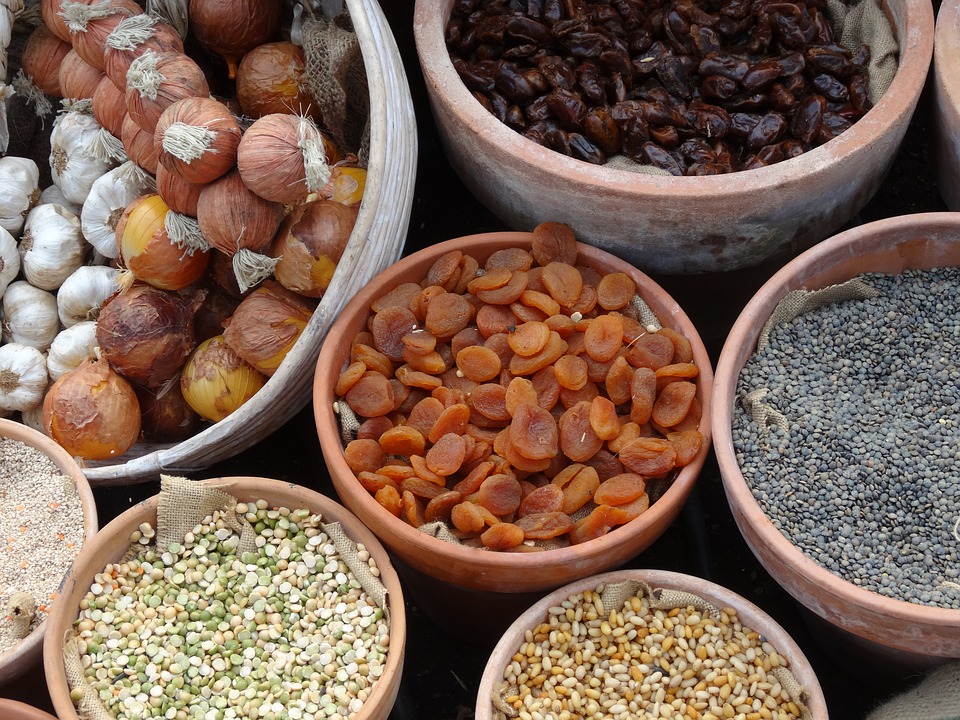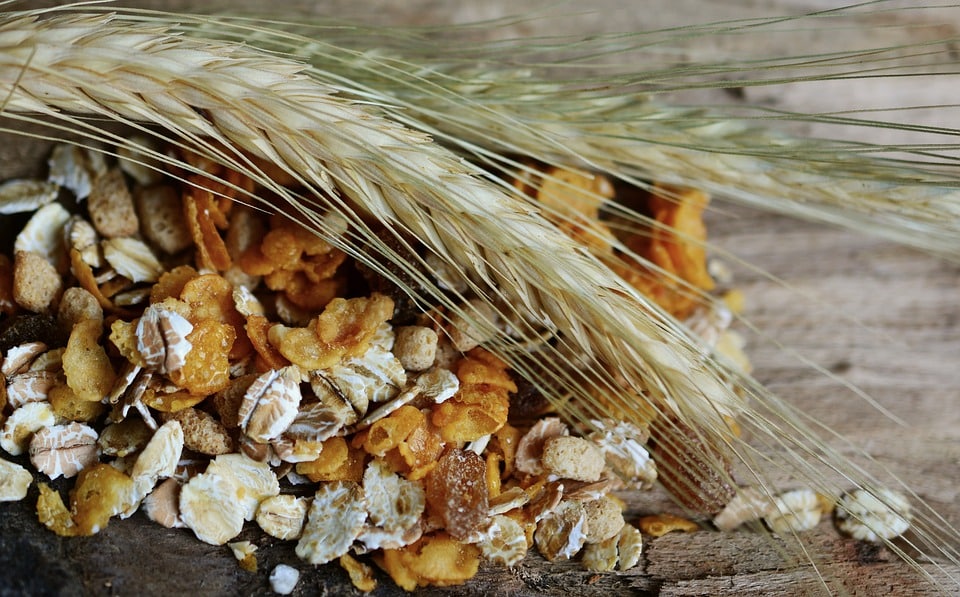Lectins are a form of protein found in raw legumes and grains that serve the purpose of protecting the plants when growing in the wild. As plants are static and unable to actively defend themselves, they rely upon this passive defense tactic to discourage predators from continuing to consume them after the initial interaction.
They work by causing the predator to experience discomfort in the form of nausea, vomiting, and diarrhea.

How do they do it? They locate specific sugar molecules and cling to the cells. Once this connection occurs, they actually damage the cells, creating small open holes and tears. Throughout all this, the cell is no longer able to communicate with the body’s immune system, leaving it unable to defend itself. This can cause inflammation, irritation and minor damage to the GI tract.
There are some forms of lectins that, when ingested, are strong enough they can paralyze certain bugs!
It is no wonder, then, that it would be best to avoid over consumption of these proteins. While many people make a conscious effort to eat healthy, making decisions based upon the Food Guide Pyramid. This is a well-intentioned approach, however, lectins are often found it ‘healthy’ foods such as certain raw vegetables, beans, and grains. For this reason, it is important to be educated on which foods should be avoided, and which will work to protect the body and promote optimal health.

It is not necessary for you to entirely remove these foods from your diet, as they do contain a number of great nutritional benefits. It is, however, beneficial to limit how often you are consuming these foods.
Foods to Limit:
- Squash, Pumpkins & Zucchini
- Beans, Peas, Lentils & other Legumes
- Nightshades: Vegetables such as Eggplant, Peppers, Potatoes & Tomatoes
- Peanuts & Cashews
- In-Season Fruits
- Corn & Corn-Fed ‘Free-Range’ Meats
- Grains
- Casein A1 Milk & Milk Products
Beneficial Foods to Add to Your Diet:
- Cruciferous Vegetables Including Broccoli, Cauliflower & Brussels Sprouts
- Olives & Extra Virgin Olive Oil
- Sweet Potatoes, Yucca & Taro Root
- Avocado
- Leafy Greens Including Romain, Red & Green Leaf Lettuce, Kohlrabi, Mesclun, Spinach, Endive, Butter Lettuce, Parsley, Fennel & Seaweed/Sea Vegetables
- Asparagus, Garlic, Celery, Mushrooms & Onion